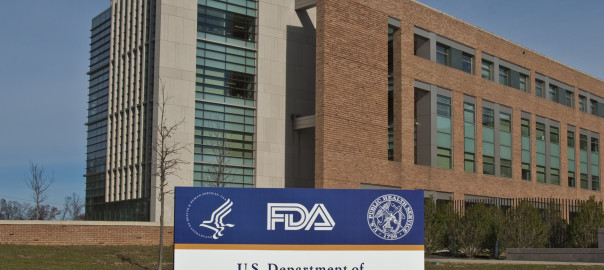FDA Crackdown on Stem Cell Quacks

Medicine is poised at an important junction. Moving forward, stem cell therapies could result in substantial innovation. Alternatively, unregulated clinicians in private practice could take this branch of medicine down the path of quackery. The FDA is ready to tighten regulations, leaving the stem cell community on tenterhooks. Patients hoping to benefit from increased access to emerging treatments are watching with interest.
An FDA public hearing previously scheduled for April 2016 currently stands postponed. The hearing was to allow patients, professionals, and clinicians to give their input regarding four draft guidances related to the regulation of human cells and tissues. The tremendous interest generated by the hearing is demonstrative of how concerned people across the United States are about further restrictions on stem cell therapies. The FDA states that it intends to gather information from all stakeholders to facilitate the development of safe and effective stem cell-based therapies.
Scientific advances in stem cell therapies are on the rise. Treatments are becoming more and more common for a host of conditions—autism, baldness, blindness, cancer, deafness, diabetes, HIV, infertility, and myocardial infarction—to name a few. Innovation continues despite raging controversy and animated debate about the religious, moral, and ethical issues concerning the use of stem cells, especially embryonic stem cells that are often associated with images of slaughtered foetuses and forced abortions.
Stem cells are undifferentiated primordial cells that are precursors to all the different kinds of cells and tissues in the human body. They can be likened to teenagers who do not know what they want to be as adults. Eventually, stem cells differentiate into specialized cell types and multiply in number through cell division.
Current regulations mandate that researchers wishing to conduct a stem cell study must submit their proposal to the FDA for review by an institutional board before an independent ethics committee gives formal approval. Many physicians, like Dr. David Weissberg of Long Island Orthopedic Solutions, choose not to undergo this process for fear of becoming the subject of an FDA investigation. Others question the legitimacy of the approval process and are faced with a similar dilemma—the promising clinical results they see from stem cell therapies versus keeping in line with FDA regulations. Dr. Juan Gargiulo of AgeFocus Medical Management in Southampton treats patients with stem cell therapies for joint pain, but remains similarly guarded about any claims to their efficacy.
On the flip side, there have been instances of stem cell therapies going horribly wrong. In 2012, a Florida cardiologist made headlines and had his license suspended when a stem cell procedure resulted in a patient’s death. That same year, a Los Angeles resident in her 60s had a stem cell facelift and was left with painful fragments of bone growing in her eyelid. In 2014, an American citizen underwent stem cell treatment in Brazil and ended up paralyzed due to a 3 cm piece of mucus-secreting nasal tissue growing in her spine.
Mainstream physicians and Big Pharma challenge stem cell therapies because there is no money in it for them. The FDA must traverse the fine line between concrete stem cell policies that keep patients safe and allowing medicine to progress and offer life-saving treatments to critically ill patients. Perhaps what is needed is a little more regulation to vet out the quackery.
References:
http://www.innovateli.com/fda-seeks-cure-stem-cell-quackery/


